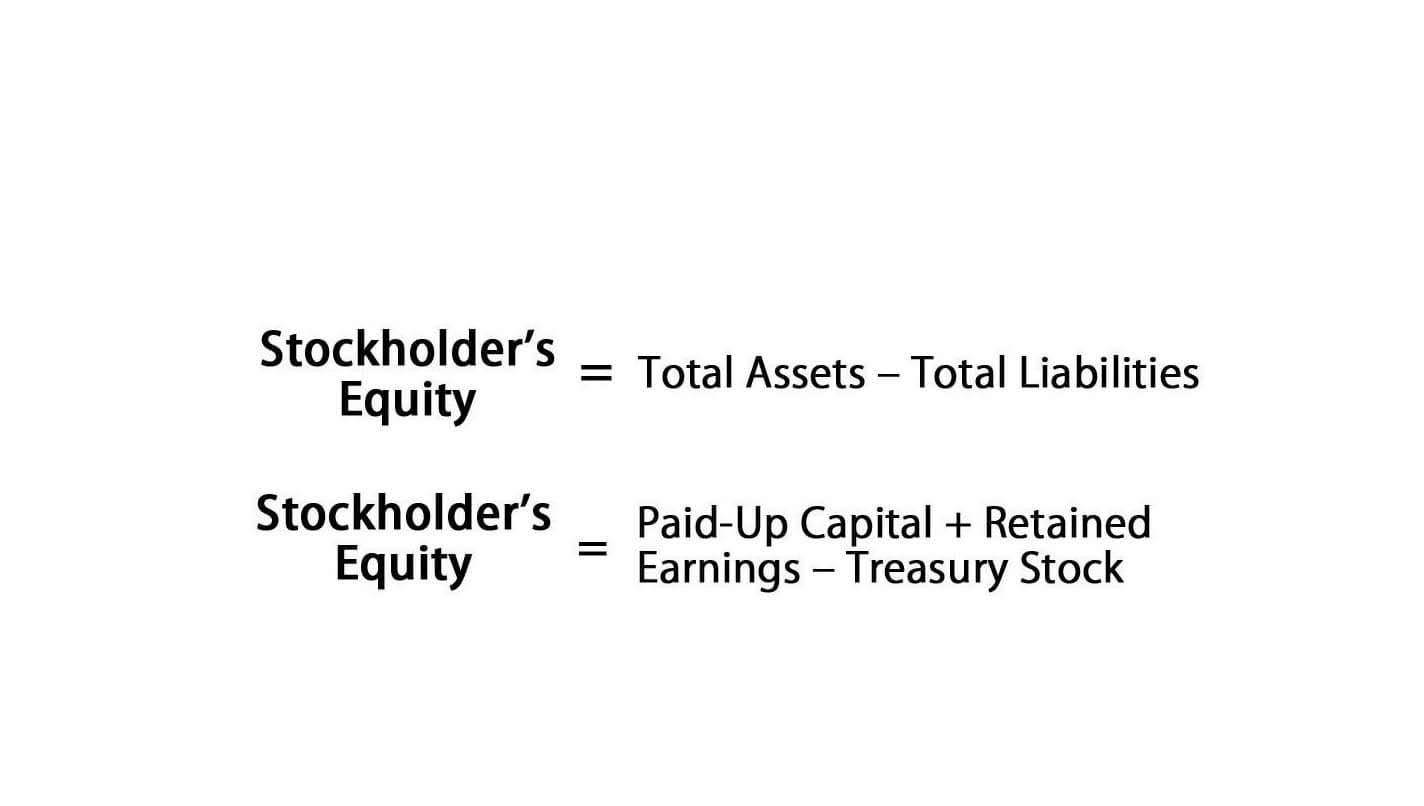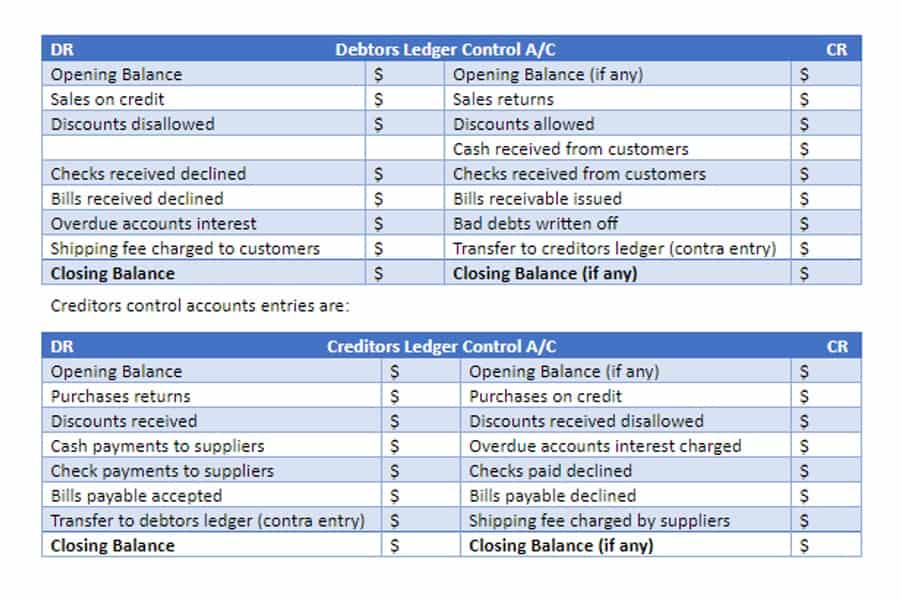
This helps explain why a single business transaction affects two accounts (and requires two entries) as opposed to just one. The DEAD rule is a simple mnemonic that helps us easily remember that we should always Debit Expenses, Assets, and Dividend accounts, respectively. The normal balance in such cases would be a debit, and debits would increase the accounts, while credits would decrease them. Once one understands the DEAD rule, it is easy to know that any other accounts would be treated in the exact opposite manner from the accounts subject to the DEAD rule. The idea behind the double entry system is that every business transaction affects multiple parts of the business.
- The double entry accounting system is a method for companies of all sizes to accurately record the impact of transactions and keep close track of the movement of cash.
- Bookkeeping is an important activity for maintaining accurate financial records.
- The modern double-entry bookkeeping system can be attributed to the 13th and 14th centuries when it started to become widely used by Italian merchants.
- For example, when you take out a business loan, you increase (credit) your liabilities account because you’ll need to pay your lender back in the future.
- The key feature of this system is that the debits and credits should always match for error-free transactions.
You enter a debit (DR) of $1000 on the right-hand side of the “Equipment” account. To balance the accounts, you enter a credit (CR) of $1000 in the “Accounts Payable” account. Double-entry accounting systems can be used to create financial statements (such as balance sheets and income statements), which can give insights into a company’s overall performance and health.
Examples of Double-Entry Accounting
Single-entry accounting may be sufficient for small businesses to fulfill basic reporting requirements, such as preparing income statements or calculating tax liabilities. However, it may not provide the level of detail and accuracy needed for more in-depth financial analysis. When you generate a balance sheet in double-entry bookkeeping, your liabilities and equity (net worth or “capital”) must equal assets.

So, if assets increase, liabilities must also increase so that both sides of the equation balance. Conceptually, a debit in one account offsets a credit in another, double entry accounting meaning that the sum of all debits is equal to the sum of all credits. Mary Girsch-Bock is the expert on accounting software and payroll software for The Ascent.
